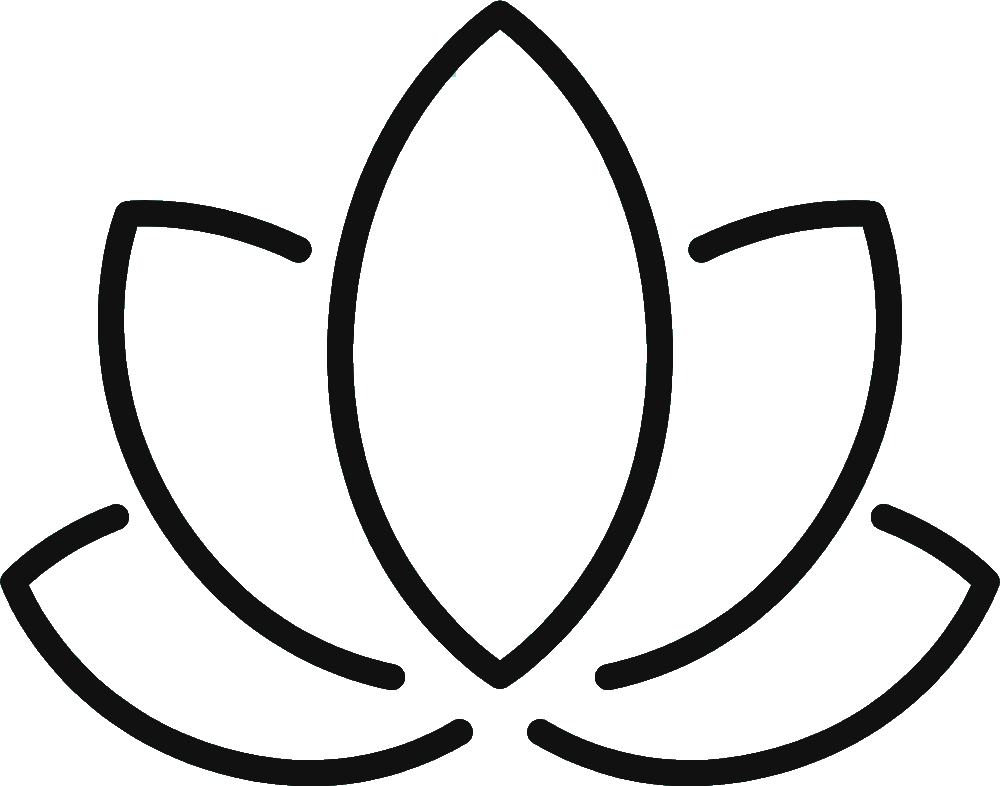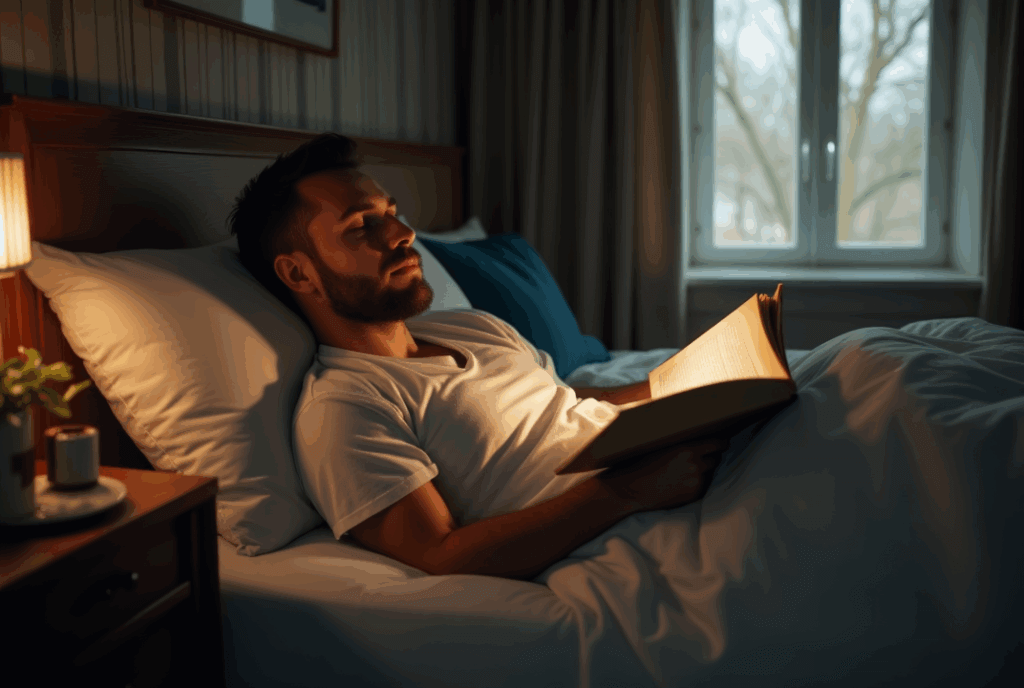Many of us struggle with falling asleep quickly, often tossing and turning for what feels like hours. But what if we could learn to drift off in just three minutes? By exploring mindful techniques, we can tap into strategies that promote relaxation and ease anxiety. So, how can we harness these methods to transform our nighttime routine? Let’s explore the science and techniques that could change the way we approach sleep.
Why Some People Seek to Fall Asleep in Minutes
As we navigate our busy lives, many of us find ourselves yearning to fall asleep in minutes rather than tossing and turning for hours. Sleep deprivation has become an all-too-common struggle, often leaving us feeling drained and unproductive. We know that a good night’s rest is essential for maintaining our mental and physical well-being.
In our quest for better sleep, we often seek rapid techniques that can help us drift off quickly. It’s not just about the hours we log; it’s about the quality of our sleep. Many of us deal with anxiety, which can amplify our challenges in falling asleep. By focusing on anxiety management strategies, we can create a more peaceful mindset conducive to sleep. We all want to wake up refreshed and ready to tackle the day, and finding ways to fall asleep quickly can be a crucial step toward achieving that goal.
The Science Behind Rapid Sleep Techniques
While we often seek quick solutions for falling asleep, understanding the science behind rapid sleep techniques can significantly enhance their effectiveness. Our sleep cycles play a crucial role in how quickly we can drift off. Each cycle lasts about 90 minutes, and knowing where we are in our cycle can help us optimize our sleeping strategies.
Cognitive behavior also influences our ability to fall asleep quickly. When we engage in mindful practices, we can rewire our thoughts and reduce anxiety that typically keeps us awake. Techniques like deep breathing and visualization can shift our mindset, making it easier to enter a relaxed state.
How Relaxation Can Trigger Faster Sleep Onset
Relaxation plays a vital role in helping us fall asleep faster, since it lowers our heart rate and calms our mind. When we embrace relaxation techniques, we can create an environment conducive to sleep. One effective method is practicing breathing exercises. By focusing on our breath, we can divert our thoughts away from the day’s stresses, allowing us to unwind.
Additionally, progressive relaxation can further enhance our ability to drift off. This technique involves systematically tensing and then relaxing each muscle group in our body, promoting a sense of physical ease. As we release tension, we’re signaling to our body that it’s time to rest.
Techniques That May Help You Fall Asleep in 3 Minutes
When we’re struggling to fall asleep, employing specific techniques can make a significant difference in our ability to drift off within just three minutes. One effective method is practicing breathing exercises. By focusing on deep, rhythmic breaths, we can calm our racing minds and reduce tension in our bodies. For example, we can try inhaling for a count of four, holding for four, and exhaling for six. This simple pattern helps center our thoughts and promotes relaxation.
Another powerful technique is visualization. As we lie in bed, we can imagine a serene scene—perhaps a quiet beach or a lush forest. By immersing ourselves in this mental imagery, we shift our focus away from stress and create a peaceful environment in our minds. Combining these breathing exercises with visualization techniques can truly set the stage for a quick transition into restful sleep. Let’s give them a try tonight!
What to Expect When Trying These Methods
As we embark on trying these methods, we might notice a range of sensations and responses. Initially, our sleep expectations may be high, but it’s important to remember that everyone’s experience is unique. We could feel a wave of relaxation benefits washing over us, helping to ease tension and quiet the mind. However, it’s also possible to encounter restlessness or impatience as we adjust to these new techniques.
As we practice, we may begin to identify which methods resonate most with us. Some might find visualization calming, while others prefer focused breathing. It’s essential to remain patient and open to the process, as consistency can amplify the benefits over time. We’re likely to discover that the journey toward better sleep is just as valuable as the results, enhancing our overall sense of well-being. Ultimately, the key is to embrace each experience and learn from it.
Can This Become a Sustainable Part of Your Routine?
How can we seamlessly integrate these sleep techniques into our daily routine? Achieving sleep sustainability requires commitment, but it’s doable. Let’s focus on a few key strategies for routine integration:
- Set a Consistent Bedtime: Going to bed at the same time each night helps regulate our internal clock.
- Create a Pre-Sleep Ritual: Engage in calming activities like reading or gentle stretching to signal our bodies it’s time to wind down.
- Limit Screen Time: Reducing exposure to screens an hour before bed can improve our sleep quality.
- Practice Mindfulness Daily: Incorporating mindfulness techniques throughout our day can enhance our ability to relax at night.




